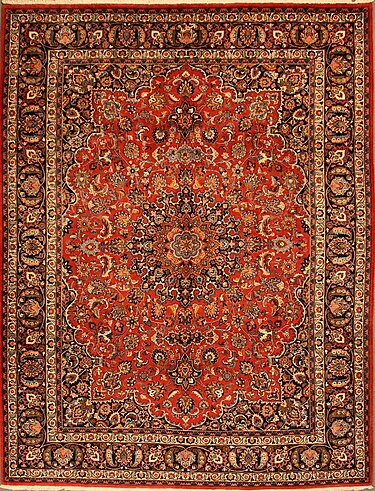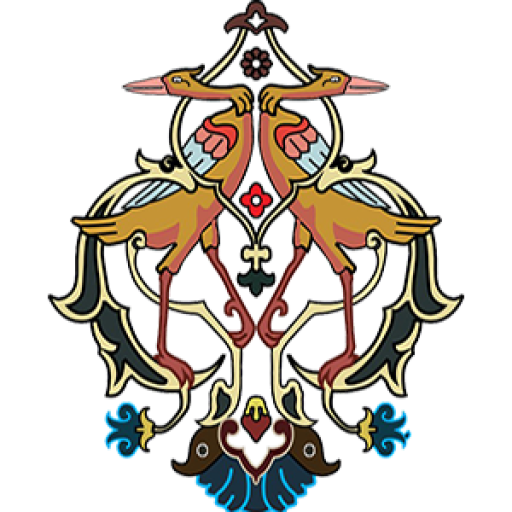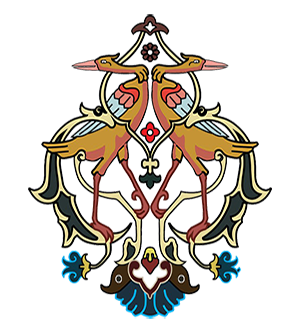History of Kashan Rugs
Kashan, a city with thousands of years of history at the heart of Iran, has always been recognized as an artistic and commercial hub. Throughout various periods of Iranian history, including the Sassanid and Safavid eras, it was one of the most important centers for producing handwoven rugs. Due to its geographical location along the Silk Road, Kashan has long been connected to trade and the transfer of goods to various parts of the world. During these periods, Kashan rugs gained special attention in global markets and royal courts for their beauty and high quality.
In the Safavid era, when Iran was experiencing a flourishing of art and architecture, rug weaving reached its peak. During this time, Iranian artists, including those in Kashan, designed intricate and luxurious rugs that were not only visually stunning but also meticulously woven with great care and precision.







